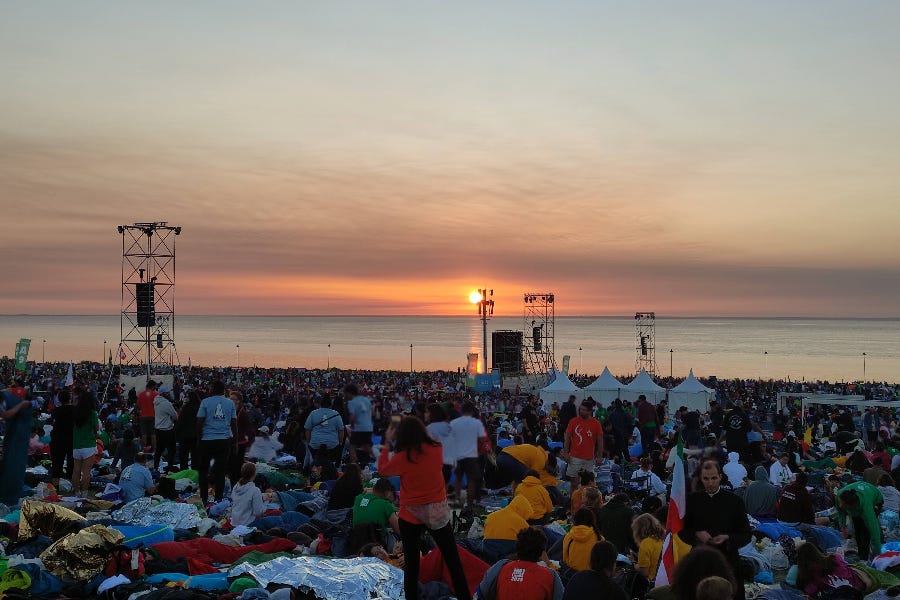DJ priests, a possible WYD miracle, and waves of love
All the news from Lisbon - The Pillar’s World Youth Day roundup
As World Youth Day wraps up in Lisbon, Portugal, The Pillar’s WYD correspondent, Filipe d’Avillez, brings you his final daily news diary:
World Youth Day 2023 is over. And to be honest, it’s hard to imagine that it could have gone any better than it did. The pope said as much, suggesting that this was the best-organized edition yet.

